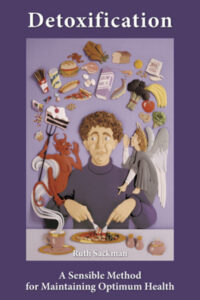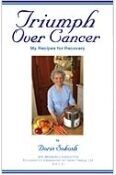Aphrodisiac Plants?
RethinkingCancer ParmarMay 7, 20200 comments
Watch Our Movie

Newsletter Sign-up
-
E-book Editions



-
F.A.C.T.
-
Established in 1971, the Foundation for Advancement in Cancer Therapy (FACT) is a non-profit 501(c)(3) educational organization that supports non-toxic, biologically sound alternative cancer therapies. FACT is the creator of the documentary film Rethinking Cancer and rethinkingcancer.org. All sale of books and DVD are U.S. tax-deductible. Your contributions help to fund F.A.C.T.’s educational efforts.

